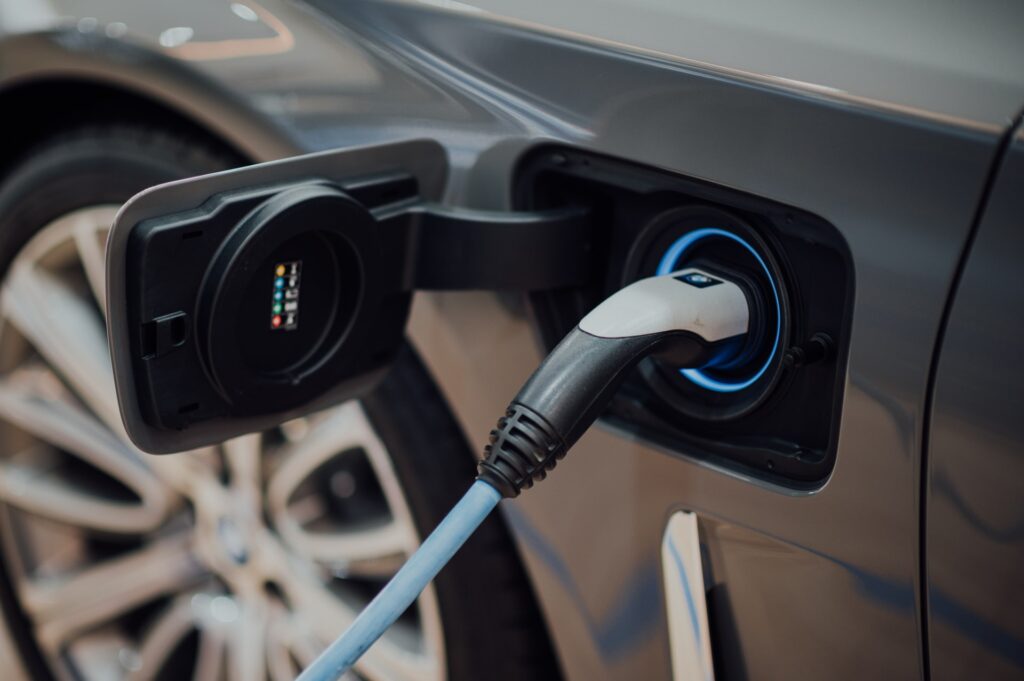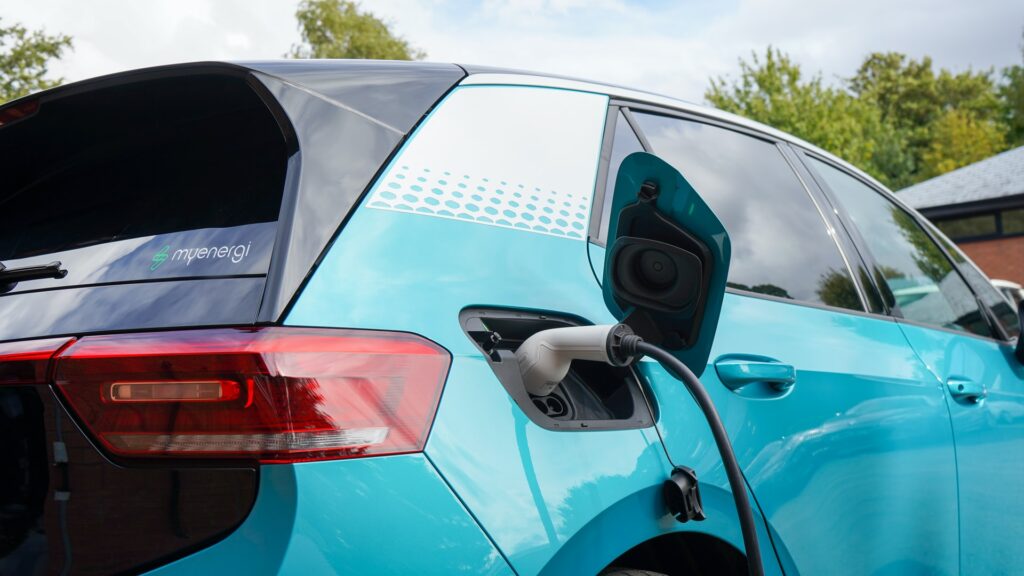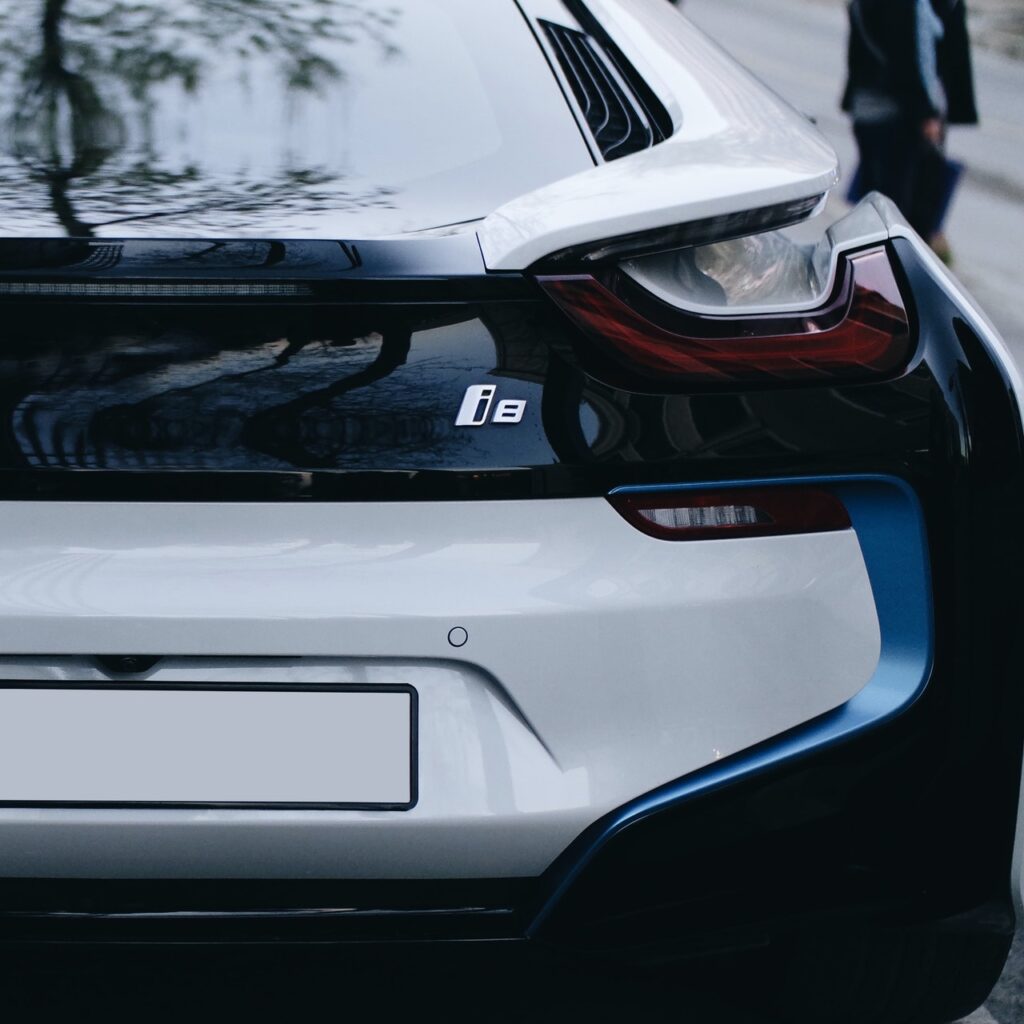Our facilities
Electric Vehicle Home Charging Cost Glendale
Home EV charging stations differ in ways that impact the functioning of your battery charger. Here are points to consider:
● plug type ● single- vs. three-phase electrical ability ● socketed vs. tethered cable ● solar charge ● software assistance
With so many alternatives, it can be difficult for brand-new EV owners to decide. Fortunately, WE have experience installing every kind of EV home charging station. We can assist you make the best decision with your EV home charge setup.


About EV Charging
EV Charger Installation Glendale
Installing electric vehicle charging station at home can vary in a range of techniques beyond just price and power. Much of these aren’t instantaneously apparent nevertheless can play a huge role in how your wall charger functions.Home charging stations need to be installed by a certified and experienced electrician., we’ll assist you select a battery charger appropriate to your home.
+
Vehicles Charged
+
Customer
+
Reviews
Glendale EV Home Charger Installation
Just as a traditionally powered car won’t start without gas in the tank, an electric powered car won’t run without an appropriate battery charge. While most motorists need to stop at a filling station for a fill-up, EV owners have numerous alternatives for recharging their ride.There are a growing number of public EV charging stations in Glendale, both in houses and popular travel locations for popular vehicles such as the Tesla. Some shopping centres, hotels, and tourist attractions and offer EV charging to consumers who use their services.
Obviously, the most convenient way to charge your electrically powered vehicle is at home utilizing an EV vehicle charging station. Home EV vehicle charging stations can offer up to 10x the power of a basic wall outlet. With an EV home battery charger, all you have to do is attach your electrically powered vehicle and it will charge overnight while you sleep. An electric powered vehicle battery charger setup makes pumping gas appear obsolete!
An EV home station provides the convenience of plugging in your vehicle during the night and getting up with a fully charged car.
Limited time offer
EV Charging Station Install Cost Glendale
If you reside in a home, unit, or flat, you might think you can’t get your own Electrically powered Vehicle battery charger installed. Not true! We set up chargers for shared living homeowners every day, and we’ll be happy to do the very same for you.
Or
Electric car charger installation cost In Glendale
With more people owning electrically powered vehicles, supplying EV charging services in Glendale multi-residential properties will be a wise investment.
Charging times for an Electric powered Motor Vehicle (EV) will depend upon the kind of connector, adaptor cable television, and power source available. The period of time to charge an EV with 7kWh, from empty to complete, is around 10 hours. An Ultrarapid 350kWh battery charger could charge the EV in just 8 minutes.
A standard home EV battery charger setup in Glendale needing no additional circuitry or installing a 3-phase circuit can take around an hour.
With electric-powered vehicles becoming popular, having an EV electrically powered vehicle wall port battery charger setup at your home is an ideal way to get the best out of your electrically powered car. A home EV battery charger setup provides you an easily offered effective and dependable electrically powered car charging solution at your home itself.
As a house owner, you may not be aware of the series of Ev battery charger devices available in the market, and you may need expert help to select the right kind of battery charger that benefits your functions. Your home EV battery charger setup will depend upon the number of electrically powered vehicles you have, the type and power of your electrical power supply, and the kind of electrical setup you currently have.
If you have simply one Electrical car and no chance of having more electrically powered motor vehicles shortly, a single EV battery charger station suffices. A charging system with a universal socket or the one based on the charging setup of the brand name and model of your electrically powered car with a tethered cord will be enough.
In case you have more than one car to charge in the EV battery charger setup, it will be supplied with a universal socket system to permit vehicles to be connected with the battery charger with their charging chords. This setup will be cost-effective in addition to offer the best charging service to your electrically powered vehicles. If needed, we can also install portable home EV battery charger setup based on your needs in Sydney and surrounding areas.
The charging setup for residential charging of Electrical vehicles is divided into two levels of charging from Level 1 and Level 2. The levels show the speed of charging, and amount of power used to charge the batteries and the kind of electrical power used for charging.
The time needed to charge a battery reduces significantly as the level of charging increases. This is because of the faster-charging procedure with the delivery of more power to the car batteries.
But, there are private variations with the kind of charge, charging speed, etc. There are variations in the Electrical car and the batteries they come with.
Each EV operates on its technical specs and as such accepts different charging speeds on each level depending on the kind of EV (electrical car Supply devices), it includes. When your EV is connected with your battery charger, they interact with each other, and the battery charger determines the maximum amount of power the EV can accept and adopts its output to match this. This is among the standard safety features that avoid your Batteries from receiving more power than they can deal with.
Read FAQ
Know more here
Buying an electric vehicle is an excellent decision as they are economically good for the environment and easy to maintain. As many individuals are turning towards electric vehicles Government and private companies are setting up charging stations at prime locations for people to conveniently charge their electric vehicles. As they are more efficient than combustion engines many individuals understand the benefit of electric vehicles as they waste less energy and provide multiple benefits.
There are different stations available where you can charge your electric vehicle. Because of technological development such as apps and Smart network systems individuals can watch their charging devices while their vehicles are being charged. They can also easily monitor the charging remotely with the help of technological development.
With the help of electric vehicle charging stations, it has become easy for many individuals to charge their vehicles. The charging stations are set up in locations like office basements, highways, local areas, and other prime locations so people can easily charge their electric vehicles.
source: quora.com
There’s a lot of history behind the current state of affairs. The good news is that for “level 2” charging we largely have the same charging connector across all electric cars on a given continent.
It could be a lot worse. In the first round of the ZEV Mandate in California, different car companies developed different charging connectors. But the best of those became the J1772 standard, after ditching that horrid claw connector. And while in Europe they chose a different connector, the Type 2 connector, it uses the same J1772 signaling protocol. And for Tesla vehicles, there is a simple adapter allowing use of J1772 charging stations.
It’s in EV Fast Charging where multiple charging standards is causing a problem.
- CHAdeMO – designed in Japan, deployed to nearly 30,000 stations worldwide – primary users are Nissan Leaf and Kia Soul EV
- Combo Charging System – designed by SAE J1772 committee after they rejected using CHAdeMO. Implemented with two different connectors, one for Europe and the other for USA.
- Tesla Supercharger – Designed by Tesla for their cars. In the USA uses a Tesla-proprietary connector, and in Europe Tesla is converting to the CCS2 connector
- China – Has their own standard, doesn’t affect you unless you’re in China
Basically, unless you’re in China, the issue boils down to a competition between the non-Tesla infrastructure, and Tesla infrastructure. For the non-Tesla infrastructure, the infrastructure providers are building both CHAdeMO and CCS support into the system, so that difference is largely a non-issue.
So.. why did Tesla develop their own proprietary charging connector and proprietary DC fast charging system?
It has to do with timing. Tesla knew they needed a >100 kW charging speed off the bat. They began deploying the Supercharger network in 2013.
At that time CHAdeMO only supported 50 kW and required a horrid connector that would not work well on a Model S. CCS was only starting to be deployed, and also only supported 50 kW, and had scanty deployment.
Therefore Tesla went ahead with their own design in part because they’d have started designing it several years earlier.


Call us today for more information about vehicle charging
About Us
Useful Links
Subscribe Newsletter
Get our weekly newsletter for latest car news exclusive offers and deals and more.

